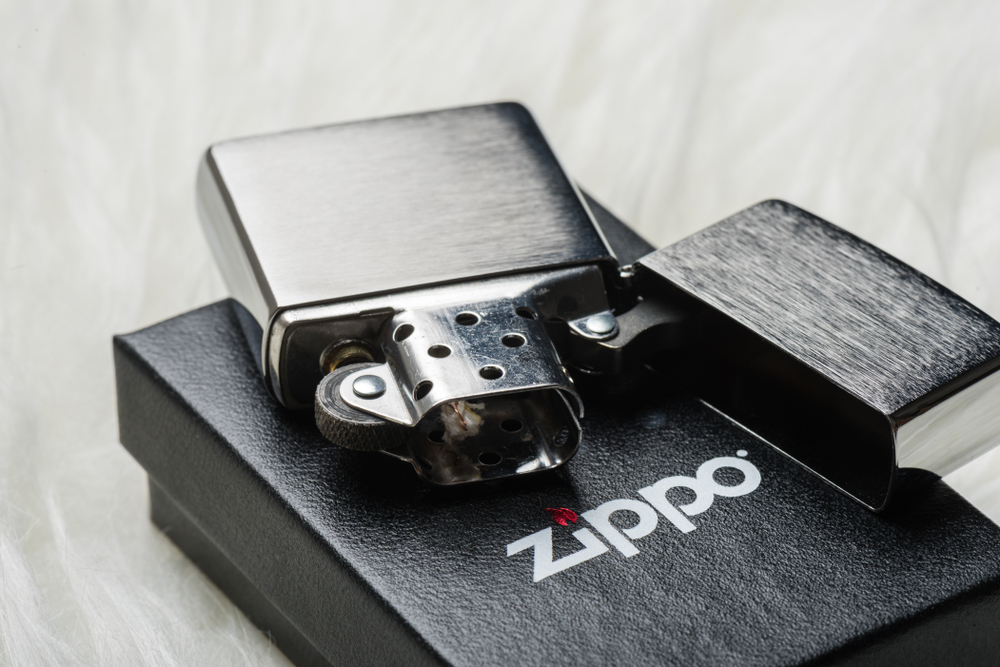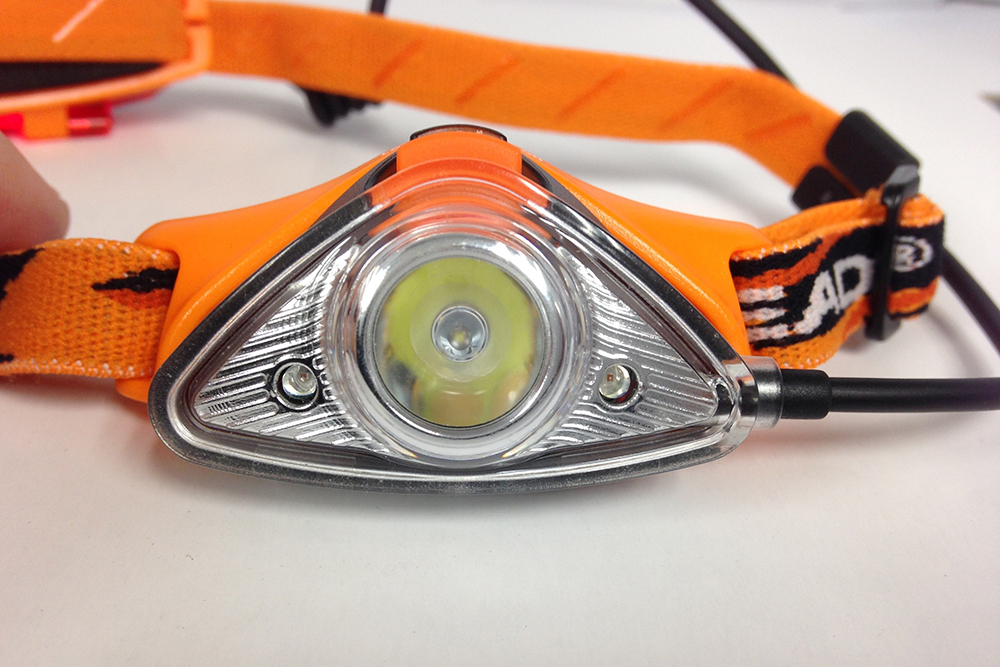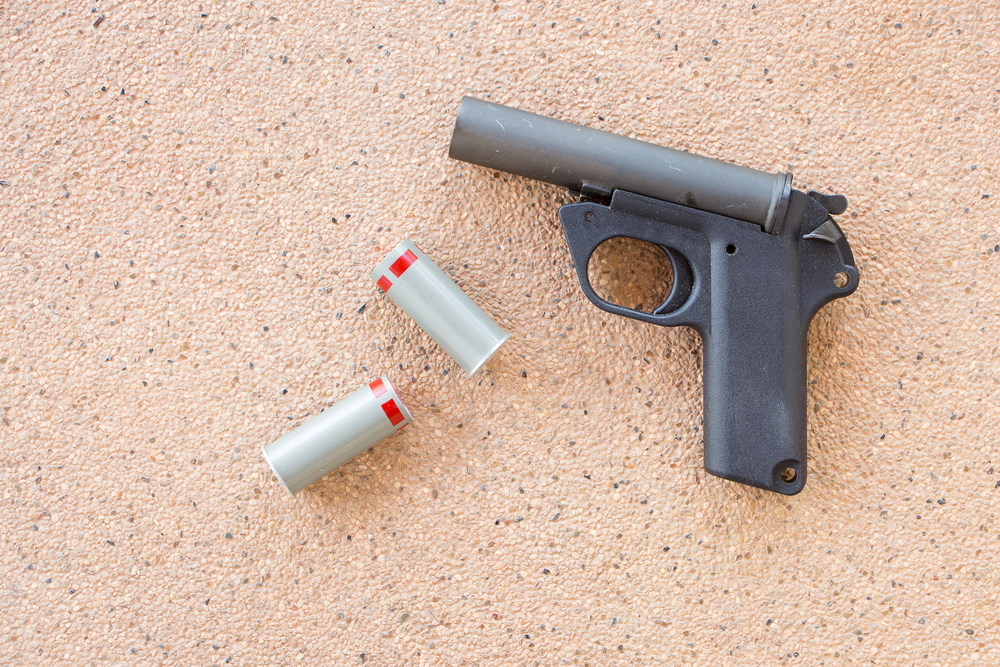Your family’s safety is of utmost importance. Every prepper should have an emergency preparedness kit ready to go. If you haven’t built one, check out these tips on getting started.
Ensuring Safety with an Emergency Preparedness Kit for the Family
It has been a long survival and prepping journey for me, and I have acquired quite the array of gear over the years. I actually have an entire room in my house dedicated to survival and prepping gear.
However, I want to start out by emphasizing that gear should not be your first priority. So many new survivalists or preppers run out and drop hundreds if not thousands of dollars on gear with no survival knowledge. If you do not know when and how to use the gear, it serves no purpose.
Your primary focus should always be knowledge. You can learn so much about this subject matter just by surfing the internet. This knowledge is free, and you could spend years reading it all.
I should know… I did spend years reading it all. There are also several good survival and prepping television shows. Your local library has plenty of books on the subject, or you can always download books or audiobooks online.
In addition to knowledge, you need practice. Get out and test the skills about which you have read. Buy gear as needed while testing your skills. You will have a basic survival kit before you know it.
However, there are some items that will be vital for your kit eventually. If you want, you can go out and buy these items immediately. Then supplement these items as you learn more about survival gear.
In this article, we will cover the items that are an absolute must for any emergency preparedness kit for your family.
Buying Strategies
You need to take your time and do your research before buying any survival gear. Remember, these are specialized items you have likely never used before. You will find a wide range of qualities and prices on this gear.
If you go with the least expensive option, you will almost always be disappointed. Unfortunately, the survival gear market is large with many newbies. Some manufacturers put out cheap products just to snag buyers that don’t know their stuff. Watch out for this trap.
Buying online versus buying in person is a common topic for gear. If you buy online, do extra research, and be prepared for returns or exchanges. You never really know what you are getting until you hold it in your hand and try it out.
Whenever I shop online, I like to narrow it down to three items in my price range with at least four stars and 20 reviews. I then read the reviews to decide what to buy.
As for buying in person, you should find out if you have a good outdoor store in your area. Most major cities have at least one shop dedicated to this topic. Just be prepared to pay more in stores like these.
If I am buying a high-end item, I am normally willing to pay more to check it out in person. You also then have a knowledgeable salesperson to talk with about the product.
Finally, you will probably see prepacked emergency preparedness kits both online and in stores. These range in cost from about $50 up to about $400.
Please keep in mind that most of the companies that produce these prepacked kits do so to include low-quality items in the kit to make the kit bigger with little additional cost. Some of these items will likely break the first time you use them.
If you buy a prepacked kit, pay attention to the individual items included, and be prepared to replace items as they break. Also, be prepared to supplement the kit. As soon as you get it home, bust it open, and get familiar with all of the gear.
You need to try out each item and learn how to use it. However, my preference is that each person builds their own kit piece by piece. If you do this, you will get exactly what you need and will be more familiar with the items.
The Four Pillars of Survival
The foundation of any emergency preparedness kit is the four pillars of survival. These are food, water, fire, and shelter.
You will find these to be the elements needed to survive in the wilderness for any significant period of time. You can survive three hours without warmth from fire or shelter, three days without water, and three weeks without food. Therefore, gear that helps with these pillars is vital.
1. Food
View this post on Instagram
Food is the most complicated pillar to cover. There are so many different ways you can acquire food.
Let’s start with some meal replacement bars or other preserved food. You want something high in protein and high in calories that are dried for preservation.
You also want gear to help you acquire food. And you will need a knife, but we will cover that topic separately. I like to keep a small fishing kit. This can be as simple as a fishing line with hooks, or it can be more complex.
I also like to keep copper wire to build snare traps. I store firearms near my kit so I can grab one for hunting if needed. With these few items along with my knowledge of fishing, trapping, and wild edibles, I should be able to get more food when needed.
2. Water
Sale
Potable Aqua Germicidal Water Purification Tablets
- One bottle of 50 Potable Aqua Germicidal Water Purification Tablets
- Makes questionable water bacteriologically suitable to drink within 35 minutes
Purified water is not optional for survival. However water is heavy, and you don’t know if you might have to bug out and carry it. It is fine to have a few bottles of water in your family emergency preparedness kit.
In addition, you need purification methods for when it runs out. I like to keep filter bottles and iodine tablets in my kit. Filter bottles, straw filters, or gravity filters all filter out 99.999% of waterborne pathogens. I suggest one bottle for each adult in the family.
In addition, iodine tablets are a good backup if the bottles are broken or clogged. Two iodine tablets in a bottle of water will purify it in about 25 minutes. A small metal pot for boiling water is a good idea. too.
If you do not purify water, it could lead to illnesses that cause vomiting and diarrhea. These symptoms will leave you more dehydrated than before you drank the water. Drinking unclean water is a last resort move if you have no other option to survive.
3. Fire

Building a fire is huge on so many different levels. However, the right gear will always make it easier.
For starting fires, I like to have a Zippo lighter and a couple of Bic lighters. The Zippo or comparable lighter is windproof, tough as nails, and can be refilled with any flammable liquid. Bic lighters are cheap and reliable. I would suggest one Zippo for your pack and one Bic for each adult.
In addition, I like to have a Ferro rod. This is windproof, waterproof, and requires no fuel. I suggest one of these for each adult.
To round out your kit, I like to have some waterproof tinder. This could be cotton balls in petroleum jelly, dryer lint in a toilet paper roll, birch bark, pine sap, or a bird’s nest. You can also buy products like WetFire or FireStix to help get your fire going.
Finally, I like to have one small single burner pocket gas stove. It is a backup plan in case I cannot get a fire going with other gear.
4. Shelter
UST Tube Tarp and Camping Shelter with Compact, Multifunctional Use and Reversible and Flame Retardant Construction for Emergency, Hiking, Camping, Backpacking and Outdoor Survival
- DIMENSIONS: 39” H x 84” W x 35” D (erected) – 15” H x 4” W x 4” D (packed) and weighs 1lb 12oz
- EASE OF USE: Specially designed to quickly convert from a tent to a tarp by unzipping and includes guy lines, steel stakes and easy-to-follow instructions
The two most helpful tools for building a shelter are a tarp/emergency blanket and some cordage. For cordage, I always keep a good amount of 550 paracord with me. It can hold 550 lbs of weight and can be split open into seven interior strands.
I use it for shoelaces, lanyards, and bracelets so I can carry lots of length in a small package. I prefer hunter orange so I can easily see my ties.
Also, I like to carry a tarp style emergency blanket. It is big enough to keep me warm as a blanket or to make a small lean-to or A-frame shelter. It’s waterproof and has a reflective coating on one side that reflects 90% of my body heat back to me. It also has a tough fibrous design with grommets at the corners. I suggest one of these for each member of the family.
You can use a tarp, but they are typically bulky and do not have a reflective coating. You can also use the cheap space blankets made entirely of plastic, but they rip easily and have no grommets. It can be tough to use them to build a shelter, but they are better than nothing.
Secondary Pillars
The next priorities on which to focus are first aid, navigation, self-defense, and signaling for help. These are additional areas of need to keep you alive in an emergency.
- First Aid – It is important to have a first aid kit with you. I again suggest you build your own versus buying a prepacked kit. This will ensure you get exactly what you need. For example, I usually take bandages, medical tape, rubbing alcohol, a needle and thread, and an antihistamine to help with my allergies to poison ivy and other plants.
- Navigation – While having a GPS app on your phone is nice, it should not be your only method of navigation. A map and compass are essential for your kit. I would also suggest that you give these to each member of your family that knows how to use them. You never know when you might get separated.
- Self-Defense – You will likely not need any weapons for self-defense in most emergencies, but it is always good to be prepared. You can use your knife, bring a firearm, bring bows, or use alternative weapons like combat pens. I suggest you give a weapon of some kind to each person depending on their abilities.
- Signaling for Help – You ideally want to have a few options for signaling in an emergency. I usually keep a signal mirror and a whistle. The signal mirror can get the attention of people several miles away. The whistle can give you a loud audio signal that will not strain your voice. I suggest giving at least one to each person.
Knives
View this post on Instagram
Your selection of an emergency or survival knife is an important process. Ideally, you want one high-quality knife that can handle all of your needs. You really need to do your research on this one.
Start by looking at the general design of the knife. If you can go with a fixed blade, that is the most reliable option.
Folding blade knives can fit in your pocket, but they are not as reliable.
You also want a full tang knife if possible. This is where the metal from the blade extends all the way to the end of the handle.
As for size, I like a blade somewhere between three and ten inches long. This makes it large enough to handle big jobs like splitting wood, but also allows me to do smaller jobs like butchering game.
Steel type is more important than you would think. You want a high carbon steel blade that will keep its edge well. For the first survival knife I purchased, I did not pay attention to the steel type. I used it to skin a deer, and I was sharpening it every five minutes.
It was a disaster. I then did more research and found a Buck knife with ideal steel despite costing three times more. I butchered three deers before it needed to be sharpened. The 30V and 5160 steel knives are both good options.
You can go with a variety of different blade shapes depending on your needs. If I was more combat-focused, I would probably go with a different shape. However, with my hunting focus, I like either a camp knife or something similar with a gut hook.
I am okay with either rubber or wooden handles as long as they are shaped to fit my hand, so they do not roll when I hit something. I suggest giving a knife to anyone in your family old enough to use it.
Lighting

It is important that you have a way to see what you are doing at night if possible. You will want either a flashlight or a headlamp for each person.
I have a couple of small LED flashlights that are made with aircraft aluminum. They are waterproof, indestructible, and hit you with 3000 Lumens.
I also have a couple of headlamps that do all of the same things. I prefer headlamps so I can keep my hands free.
You should also have a lantern of some kind. If you don’t have one, you can shine a flashlight into a gallon of water to light up your camp.
Finally, glow sticks are a good idea for lighting that does not require electricity.
Electricity
DuroMax XP4400E 4400 watt 7-Hp RV Grade Gas Generator with Electric Start
- Your purchase includes One DuroMax XP4400E 4400 watt 7-Hp RV Grade Gas Generator with Electric Start, One oil funnel, One spark plug wrench, tools set, wheels and handle kit, DC charging cables and owner’s manual
- Portable Generator dimensions: 24” L x 17″ W x 17″ H. Product weight: 127 lbs
Having some source of electricity is always a good idea if possible. For in-home emergencies, we have a gas-powered generator that works well.
We also have five battery packs that we keep charged for powering phones and some of our other gear.
Other Items

Depending on the desired purpose of your kit, you may want to have some clothes. If you are going to do this, I suggest one change of clothes per person but two pairs of socks per person.
You may also want some accessories like boots, gloves, or hats. If you have room, you can pack small sleeping bags or camping pillows to stay warmer and more comfortable at night. You can also pack camping pads to get you off of the ground.
For signaling, you might want to go a step further and get flare guns. You can include a tent or hammock, but that is more of a comfort item.
If you feel like gunshot wounds or large cuts could be an issue, you can include a medical staple gun or QuikClot to help close the wound.
Finally, you may want additional tools for processing wood. This could be folding blade saws, hatchets, axes, or pocket saws. I like to keep a folding blade saw in my pack and having one for each adult would not be a bad idea. Having multiple people cut wood can really make it go by quickly.
You need packs for all of this gear. I suggest one big pack that is manageable for one person to carry. Then get a small pack for each other person that will have any gear to carry.
You may want an internal frame hiking pack for your big pack as it should weigh 30 to 50 lbs.
Take Your Time Building an Emergency Preparedness Kit
Remember, building your kit is not a race. Take your time and go item by item. Find something you need, buy it, try it out, and then move on to the next item.
Whether you are in your back yard or you are out in the woods camping, you need to get comfortable with every item in your kit. This does not just go for you. Your family should be involved in this learning process, as well.
Over the years, you will continue to find new and better gear to maximize your kit. While it is not your biggest priority, putting together an emergency kit like this will greatly increase your odds of survival in an emergency.
For you, what are the top items you recommend to have in an emergency preparedness kit? Let us know in the comments section!
Up Next:
- How To Pack An Emergency Survival Kit For Any Disaster
- Car Emergency Preparedness Kit List | Vehicle Survival Gear
- Building a Survival Kit For Your Pet(s)


